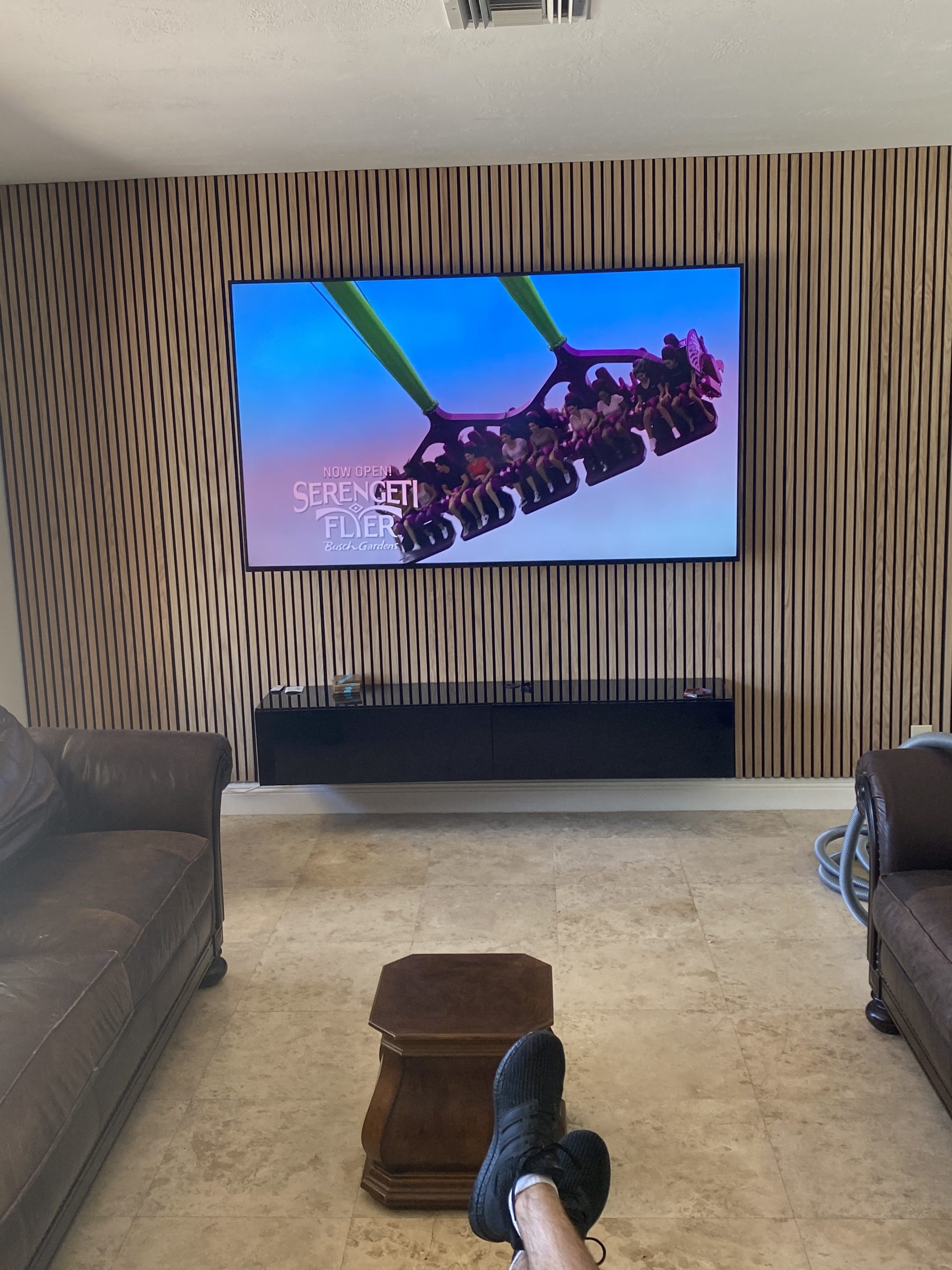What You Required to Know About Asphalt Contractors
Have you ever questioned what enters into the process of paving a driveway or parking area? If you’re managing holes and unequal surfaces, understanding asphalt contractors is crucial for making informed decisions concerning your paving tasks. This write-up covers what asphalt contractors do, how to pick the best one, and the advantages of working with these specialists.
That Are Asphalt Contractors?
Asphalt contractors are specialized experts responsible for mounting and preserving asphalt surface areas such as roadways, driveways, and car park. They have the needed abilities, equipment, and expertise to manage different asphalt jobs, consisting of prep work, laying, sealing, and fixings.
The Duty of Asphalt Contractors
Installation: These contractors skillfully prepare the website, lay the asphalt, and make sure correct adhesion for a sturdy surface area.
Maintenance: Normal maintenance is important for the durability of asphalt. Contractors frequently supply fracture sealing, resurfacing, and regular examinations.
Consultation and Planning: They can give beneficial insights customized to fulfill certain task demands.
Benefits of Hiring Specialist Asphalt Contractors
While DIY asphalt projects might be alluring, hiring professional asphalt contractors uses several benefits:
Competence and Experience: Specialists bring a riches of experience, making certain top quality handiwork that fulfills sector criteria.
Proper Devices: They have actually accessibility to specialized devices needed for a smooth surface, consisting of paving machines and rollers.
Time Effectiveness: Experienced contractors complete paving jobs effectively, reducing interruptions to your regimen.
Long-Term Expense Cost savings: Quality job decreases the likelihood of requiring repair work, eventually saving cash.
How to Select the Right Asphalt Contractor
Picking the appropriate contractor is vital for a successful project. Consider the complying with ideas:
Examine Certifications and Experience: Seek certified, insured contractors with a solid community reputation.
Read Testimonials and Look For Referrals: Online testimonies can offer insights right into a contractor’s reliability. Follow up with previous clients for their experiences.
Demand In-depth Quotes: Request for price malfunctions and be cautious of significantly lower quotes, which might indicate low quality.
Examine Communication and Professionalism And Trust: Choose a contractor who interacts plainly and maintains you notified throughout the procedure.
Typical Asphalt Services Provided by Contractors
Asphalt contractors use various solutions to meet different needs:
Asphalt Paving: The primary solution supplied, installing brand-new asphalt surfaces.
Asphalt Repair service: Attending to cracks, craters, and other problems to extend sidewalk life.
Seal Finishing: Using a safety layer to stop damages from UV rays, water, and chemicals.
Line Striping: Making certain clear markings in industrial car park for safety and conformity.
The Asphalt Paving Process
Recognizing the paving process assists appreciate asphalt contractors’ work:
Website Prep work: Clearing debris and plant life, with proper grading for drainage.
Base Layer Installation: Setting and condensing a strong base of crushed rock.
Asphalt Application: Pouring warm asphalt, spreading it evenly, and condensing it for a smooth surface.
Quality Control and Finishing Touches: Executing high quality checks and adding last sealing or striping.
Frequently Asked Questions About Asphalt Contractors
Exactly how Do I Know When My Asphalt Demands Repair Service? Indications consist of visible fractures, pockets, or pooling water.
How Long Does Asphalt Last? With correct care, asphalt can last 15 to two decades.
What Elements Impact the Cost of Asphalt Services? Costs differ based upon project dimension, kind of asphalt, prep work needs, and area.
The Advantages of Choosing AAA Paving
At AAA Paving, we stress top quality and consumer contentment. Here are factors to
consider our solutions:
Experienced Group: Our asphalt contractors bring years of expertise per job.
High-Quality Products: We make use of top-quality materials to guarantee longevity.
Comprehensive Services: From paving to fix and maintenance, we deal with all your asphalt needs.
Customer-Centric Technique: Our concern is clear communication and openness throughout the process.
For more details regarding our solutions and to ask for a totally free quote, please see our asphalt contractors page.
Verdict
Recognizing asphalt contractors is essential for any person taking into consideration paving options. Selecting an experienced contractor makes sure the durability and sturdiness of your surface areas. Whether you require a brand-new installment or upkeep, professional asphalt contractors are right here to meet your needs. With the understandings from this post, you are much better prepared to make informed decisions for your asphalt projects.



